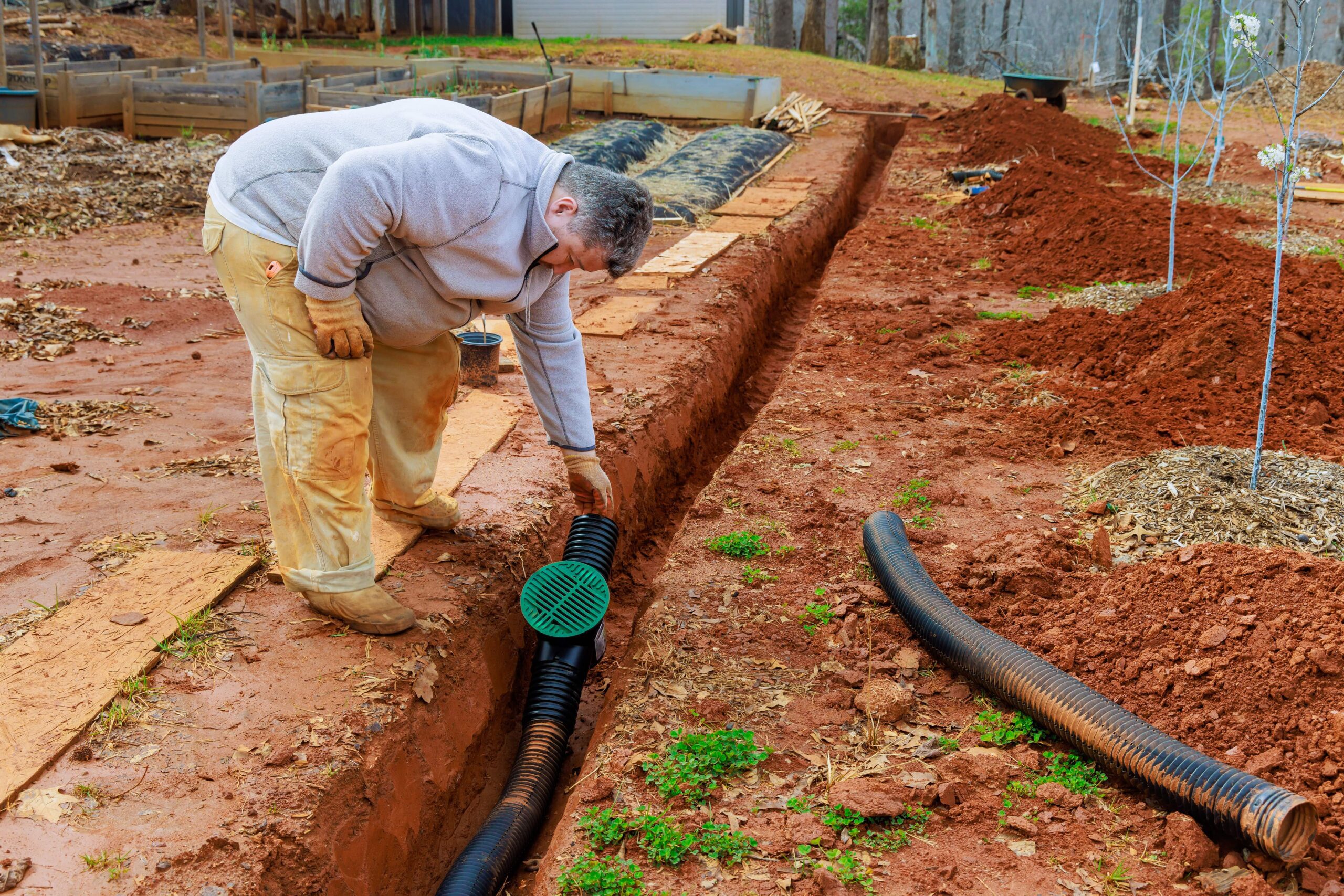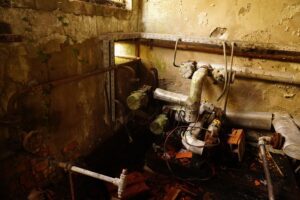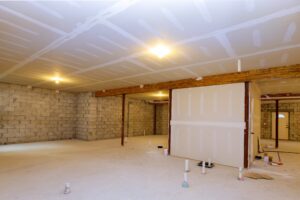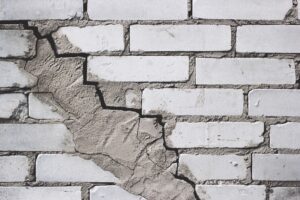Excess water around your home or yard can lead to serious issues like water damage, erosion, and standing water. A French drain system is a simple yet highly effective drainage solution designed to direct water away from foundations, lawns, and other problem areas.
Understanding how to install a French drain can save you money and prevent long-term structural problems regardless of whether you’re a homeowner, landscaper, or property manager.
In this article, you will learn:
- What a French drain system is and how it works.
- The key benefits of installing a French drain.
- A step-by-step French drain installation guide and maintenance tips.
Let’s start by understanding what a French drain is and why it’s such a reliable drainage system.
What is a French Drain System?
A French drain system is a simple yet effective drainage solution designed to direct water away from areas prone to standing water and water damage. It consists of a gravel-filled trench with a perforated pipe that allows water to flow through and be redirected to a safer location.
This system is often compared to weeping tile, another underground drainage method used to prevent water damage. If you’re unsure what exactly is weeping tile and why is it important, understanding its role in foundation protection can help you decide which drainage solution best fits your needs.
Originating in the 19th century and named after Henry Flagg French, the French drain system is a widely used method for preventing excess water from accumulating around foundations, basements, and landscapes. Unlike surface drains, which collect water from specific spots, a French drain works underground to allow water to flow naturally through the pipe and away from problem areas.
French drains are commonly installed in yards, basements, retaining walls, and driveways, where drainage issues arise due to improper slope or heavy runoff. Compared to sump pumps, which require electricity, installing a French drain provides a more passive and cost-effective approach to controlling water flow.
How Does a French Drain Work?
A French drain works by using gravity to direct water away from problem areas, which prevents standing water and water damage.
The system consists of a trench, a perforated pipe, gravel, and filter fabric, all working together to create an efficient drainage system.
When excess water seeps into the gravel-filled trench, it naturally flows into the perforated pipe. The filter fabric prevents debris from clogging the system while allowing water to flow freely. The slope of the trench ensures water moves downhill, which redirects runoff to a designated drainage point, such as a street, dry well, or garden.
Proper drainage is essential for preventing common foundation problems. Poorly managed water flow can lead to basement leaks, foundation cracks, and soil erosion, which makes a well-installed French drain a key component of home protection.
Typical use cases for a French drain system include rainwater runoff management, basement waterproofing, and preventing soil erosion around retaining walls.
Homeowners can effectively control water flow by installing a French drain and potentially protect their property from potential water damage without relying on mechanical drainage systems.
Benefits of Installing a French Drain
Installing a French drain system is one of the most effective ways to direct water away from areas prone to water damage. It protects foundations, basements, and landscapes from costly repairs due to excess water infiltration simply by preventing standing water.
A French drain also helps reduce soil erosion, which maintains the stability of gardens, lawns, and retaining walls. Unlike other drainage systems, it is a cost-effective solution that requires minimal materials and no electricity, which makes it a long-term investment.
Another essential aspect of drainage management is sump pump maintenance. If your home relies on a sump pump for basement waterproofing, maintaining both a sump pump and a French drain can provide a double layer of protection against flooding and water damage.
Once installed, a French drain offers durability with minimal maintenance and ensures continuous water flow without frequent repairs.
Additionally, French drains provide environmental benefits by controlling runoff, preventing water pooling, and allowing water to flow naturally back into the ground. This helps manage drainage efficiently while reducing stress on municipal sewer systems.
Step-by-Step Guide to Installing a French Drain
Here is a step-by-step guide to installing a French drain system.
1. Assess the Drainage Problem
Before installing a French drain, identify areas with standing water or excess water buildup near foundations, basements, or landscapes. Understanding how runoff affects your property will help in determining the best drainage solution.
2. Plan the Drain Path
A French drain system relies on gravity to direct water away, so it’s crucial to determine the correct slope. Ideally, the trench should drop at least 1 inch per 8 feet to ensure steady water flow.
3. Gather Materials
You will need:
- Perforated pipe (4-inch diameter recommended)
- Gravel (¾-inch crushed stone)
- Filter fabric (to prevent clogging)
- Shovel or trenching tool
- Level and measuring tape
4. Dig the Trench
The trench should be 12-18 inches deep and 6-12 inches wide, depending on how much drainage is needed. For basements or large areas, deeper trenches may be required.
5. Add the Fabric Liner and Gravel Base
Line the trench with filter fabric, which extends beyond the sides. Add a 2-3 inch layer of gravel at the base to help allow water to flow efficiently.
6. Install the Perforated Pipe
Place the perforated pipe with the holes facing downward to capture excess water effectively. Ensure the pipe follows the designed slope for continuous water flow.
7. Cover with More Gravel and Wrap the Fabric
Add another layer of gravel, then fold the filter fabric over the top to prevent debris from entering.
8. Backfill with Soil or Decorative Gravel
Finally, cover the French drain with soil or decorative gravel to blend seamlessly into the landscape.
Common Mistakes & How to Avoid Them
When installing a French drain, avoid these common mistakes to ensure optimal water flow and long-term effectiveness:
- Poor slope design – A trench without the correct slope (at least 1 inch per 8 feet) can cause standing water instead of proper drainage.
- Using the wrong gravel – Small or compacted gravel can clog the perforated pipe; use ¾-inch crushed stone for better water flow.
- Skipping the fabric liner – Without filter fabric, sediment can build up and reduce efficiency.
- Incorrect pipe positioning – The perforated pipe should have holes facing downward to allow water to enter efficiently.
- Ignoring local drainage codes – Some areas have regulations on installing French drains, so check permits before starting.
Conclusion
A French drain system is a simple yet effective way to direct water away from your home and prevent water damage, standing water and excess water buildup.
Homeowners can create a reliable drainage system that protects basements, foundations, and landscapes for years to come simply by properly installing a French drain with the correct slope, gravel, and perforated pipe.
Avoiding common mistakes and maintaining your system ensures long-term performance.
If you’re dealing with drainage issues or need professional assistance, Shield Foundation Repair specializes in French drain installation, foundation repair, and waterproofing solutions.
Call us today at 780-760-4900 for a free consultation!





